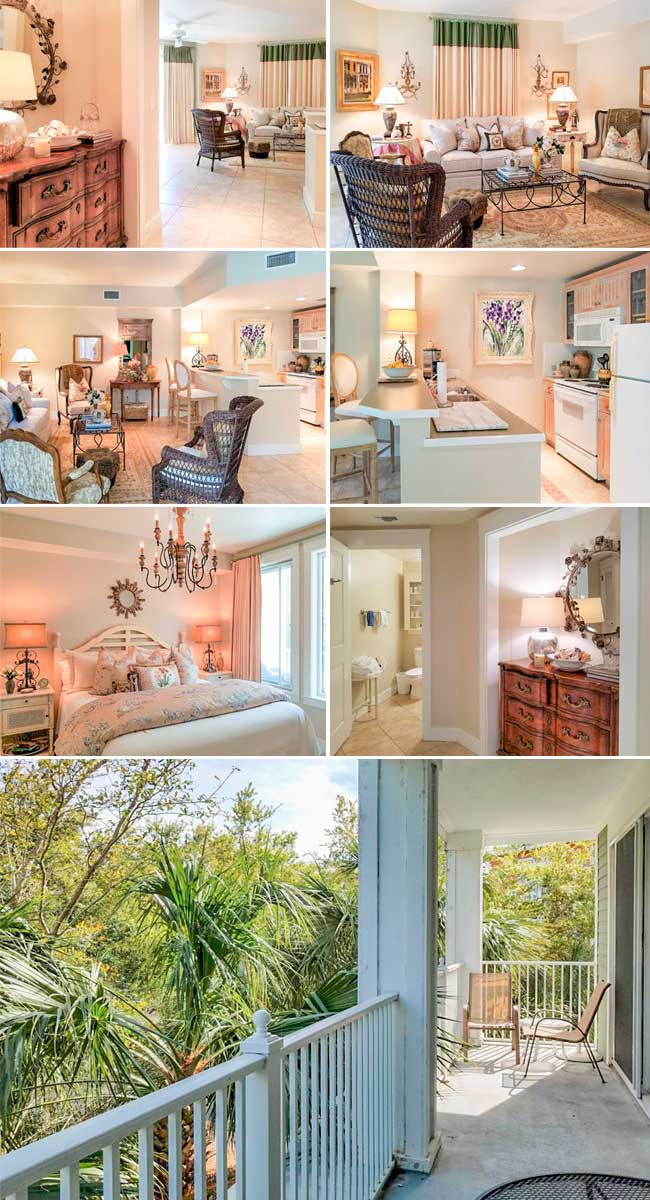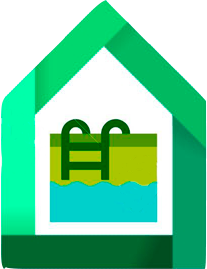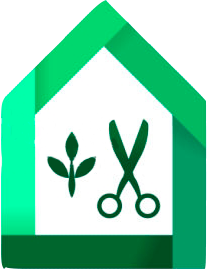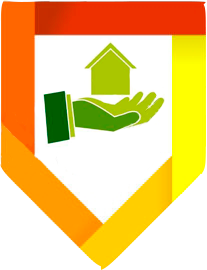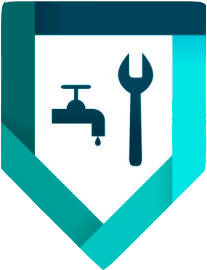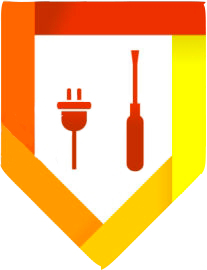Good street and sidewalk design offers a wealth of benefits for people, cities, and the community according to concrete sidewalk repair in Columbus, OH, including:
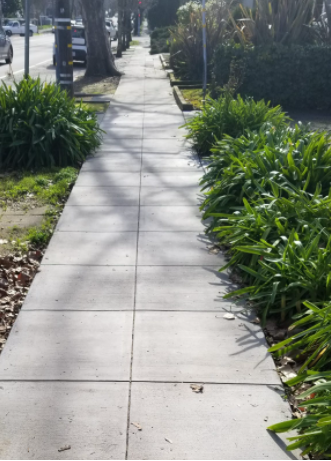 Public Safety: In cities, good streetscape design makes it safer to drive, walk, and ride.
Public Safety: In cities, good streetscape design makes it safer to drive, walk, and ride.People of all ages, income levels, and physical abilities can get where they need to go thanks to infrastructure that offers many transportation options.
Safe links between streets, parking lots, homes, and destinations enable people to walk and bike instead of driving; an active lifestyle improves physical and mental health significantly.
Streets and sidewalks that are well-designed make cities more welcoming and aesthetically pleasing. They also promote healthy interpersonal relationships and increase recreational opportunities such as biking, jogging, and walking.
Economic Development: Providing a range of transportation options in commercial areas increases the number of potential customers and workers, which can help attract new companies. Secure, attractive, and walkable streetscapes will increase property values in residential areas.
Green infrastructure features such as rain gardens, bioswales, and filter strips are used in good street and sidewalk design. These features avoid floods and keep chemical waste out of rivers by absorbing stormwater. Street trees, for example, sequester carbon and provide shade, lowering air-conditioning costs.
Factors to Consider When Designing Streets and Sidewalks
Reviewing current transportation modes (car, pedestrian, bicycle, and public transit), analyzing existing and possible future land uses, and identifying community needs and preferences through a structured community visioning process or informal meetings are all part of determining which styles of street and sidewalk design are suitable for your municipality.
Design plans are also influenced by the environment and budget. In rural areas, for example, broad road shoulders may be the most practical way to accommodate pedestrians, while in urban areas, sidewalks at least five feet wide are likely to be needed. In rural areas, streetscape elements can range from a basic landscape strip to a variety of elements in urban areas, such as street trees, pedestrian lighting with banners, and hanging baskets (see further discussion below).
Considering the following considerations when deciding the best design for streets and sidewalks is a good place to start:
Traffic volume and type of road (arterial, collector, or local).
Usage of the land (commercial, residential, mixed use, etc.).
the scene (rural, suburban, or urban environment)
Is there an excessive, acceptable, or inadequate number and spacing of commercial driveways and entrances/exits?
More useful lane, pedestrian, and non-auto links are possible.
Traffic calming or road diets are needed.
The bare minimum of streetscape elements needed to achieve community objectives.
Given the land uses and density of uses, appropriate sidewalk width and placement.

